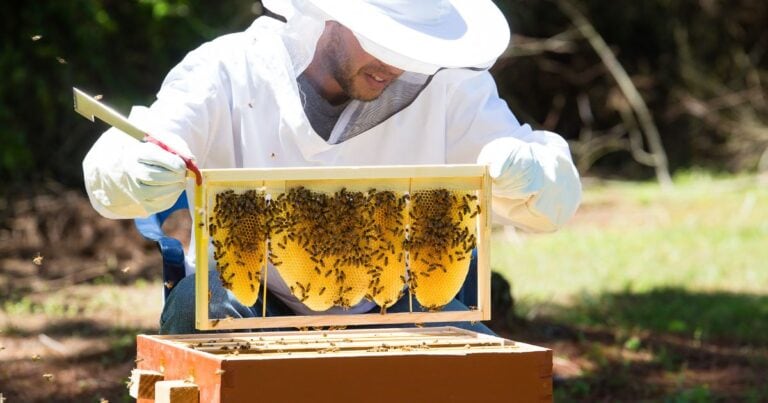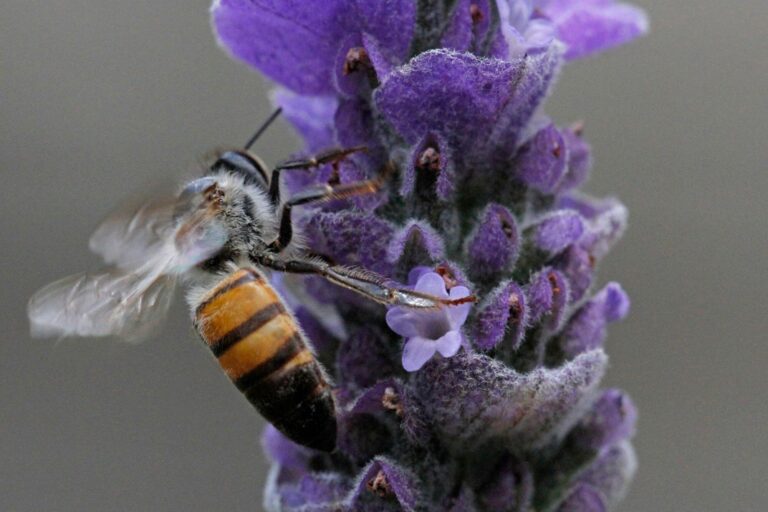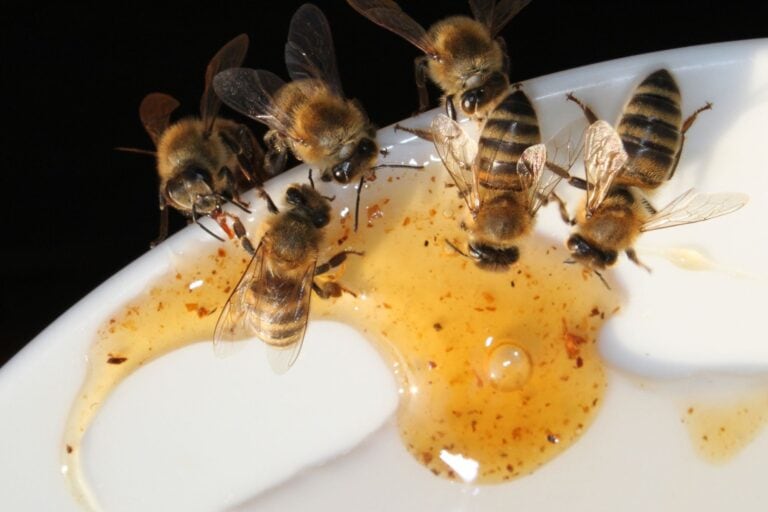The Life Cycle of the European Wasp
The Life Cycle of the European Wasp Barely tolerated in their native homes of Europe, North Africa and Asia, the European Wasp was first sighted…
The Life Cycle of the European Wasp
Barely tolerated in their native homes of Europe, North Africa and Asia, the European Wasp was first sighted in Australia in 1959. Since then, these pests have earnt themselves a loathsome reputation. Notorious for taking up residence where people work and play, these wasps threaten with their deadly sting, and build oversized nests in and out of their usual nesting seasons.
Differing to the replenishing life-cycle of the honey bee, European wasp colonies usually only last for one year. This cycle begins during the springtime with a sole queen. The fertilized female lays her eggs in an “embryonic nest”, a paper-comb she builds herself made of 20-30 cells. She then lays her eggs, hatching within six to eight days into grub-like larvae. The larvae are tended to by the queen for many weeks with a total development time of 9-22 days. Once grown, they become the first workforce of wasps to build the colony, taking on the roles of constructing the nest and tending to new larvae while the queen focuses on laying more eggs. The nest continues to grow during the summer, with the addition of new paper-comb sections, until a group of males and queens are born. During this time the colony is at its peak, and mating occurs.
However, by the time late autumn arrives, the colony starts to disintegrate. The founding queen dies, workers perish, and other fertilised queens leave the nest. In Europe, this is the time when the nest often collapses. New queens fly away, finding a warm and dark place to hibernate for the colder months. This is often beneath bark or in the roofs of buildings. These are referred to as “overwintering” sites. She tucks in her wings, antennae and legs, remaining in this position for up to six months before beginning the cycle again.
However, Australia’s warm climate and mild winters often allow the nest to continue to grow over several seasons. This occurs when new queens are recruited in late summer within the nest, continuing the colony’s activities into the next season. In this localised instance, the species has broken free from their usual life cycle to remain active throughout the year. For this reason, larger than usual nests can develop in Australia, housing up to 100,000 wasps! Nicknamed the “killer wasp”, European wasps will attack if their nests are disturbed, and, unlike bees, can sting more than once. This phenomenon results in wasps becoming a dangerous, yearlong pest in Australia that requires safe and professional measures for removal.
#europeanwasps #europeanwasplifecycle #europeanwaspsinaustralia



